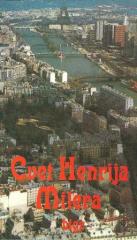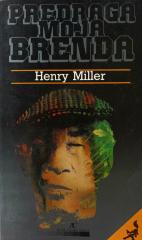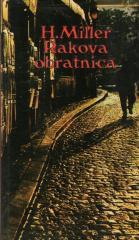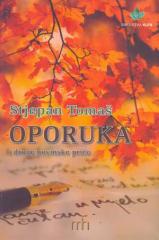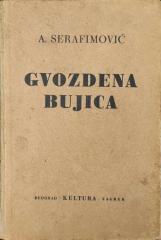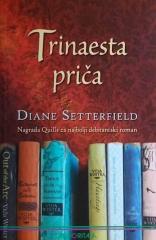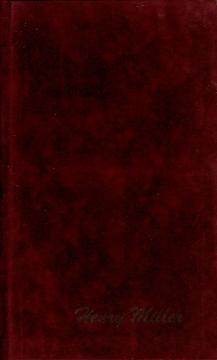
Ružičasto raspeće III: Nexus
Henry Millers „Nexus“ ist Teil der „The Rosy Crucifixion“-Trilogie, in der, mit weniger Intensität als in seinen berühmtesten Werken, die in den 1930er Jahren in Paris veröffentlicht wurden, seine Rebellion gegen das sture und heuchlerische Amerika
Millers Romane waren in Amerika fast dreißig Jahre lang verboten, was ihm den Ruf eines „Untergrunds“ einbrachte, bis der Oberste Gerichtshof der USA 1964 die Obszönitätsvorwürfe des Staatsgerichts aufhob. Es waren diese Werke in der amerikanischen Literatur, die die Öffnung für sexuelle Themen einleiteten und sie von rechtlichen und gesellschaftlichen Beschränkungen befreiten.
Henry Miller (New York 1891 – Pacific Palisades, Kalifornien 1980) veröffentlichte im Alter von dreißig Jahren mehrere Essays und Kurzgeschichten in amerikanischen Magazinen. Nach einer Reihe verschiedener Jobs in New York ging er 1930 nach Paris, wo er ein Jahr lang in Armut lebte. Dann bekommt er dank seines Freundes Alfred Perles, unter dessen Namen er auch mehrere Artikel veröffentlicht, eine Anstellung als Korrektor in der Pariser Ausgabe der Tageszeitung „The Chicago Tribune“. Mit fast vierzig Jahren begann er ernsthaft zu schreiben. Seine Romane, insbesondere Tropic of Cancer (1934), sorgten in Amerika für große Kontroversen und wurden sogar verboten, so waren die Romane „Black Spring“ (1936) und „Tropy of Capricorn“ (1936) fast dreißig Jahre lang verboten.
1940 kehrte Miller in die USA zurück und ließ sich in Kalifornien nieder, wo er weiterhin schrieb und die zeitgenössische amerikanische Gesellschaft sowie ihre kulturellen und moralischen Werte provozierte. Miller beschäftigte sich auch mit der Malerei – seine Aquarelle werden in zwei Museen aufbewahrt – „The Henry Miller Museum of Art“ in der japanischen Stadt Omachi und „The Henry Miller Art Museum“ in Big Sur, Kalifornien. Henry Millers Werk, das fast ausschließlich autobiografischer Natur ist, hatte großen Einfluss auf die Autoren der Beat-Generation.
Im Angebot sind keine Exemplare vorhanden
Das letzte Exemplar wurde kürzlich verkauft.
